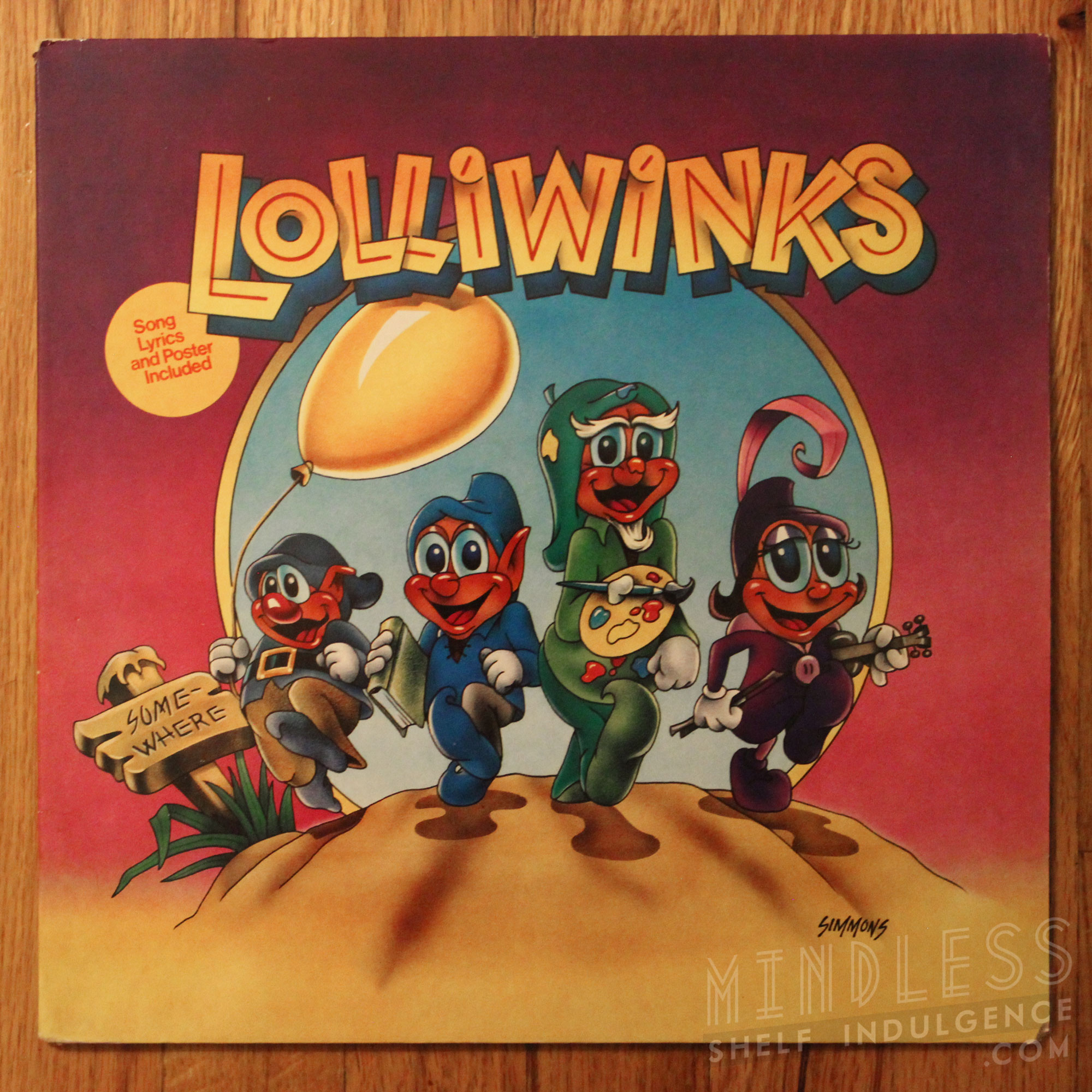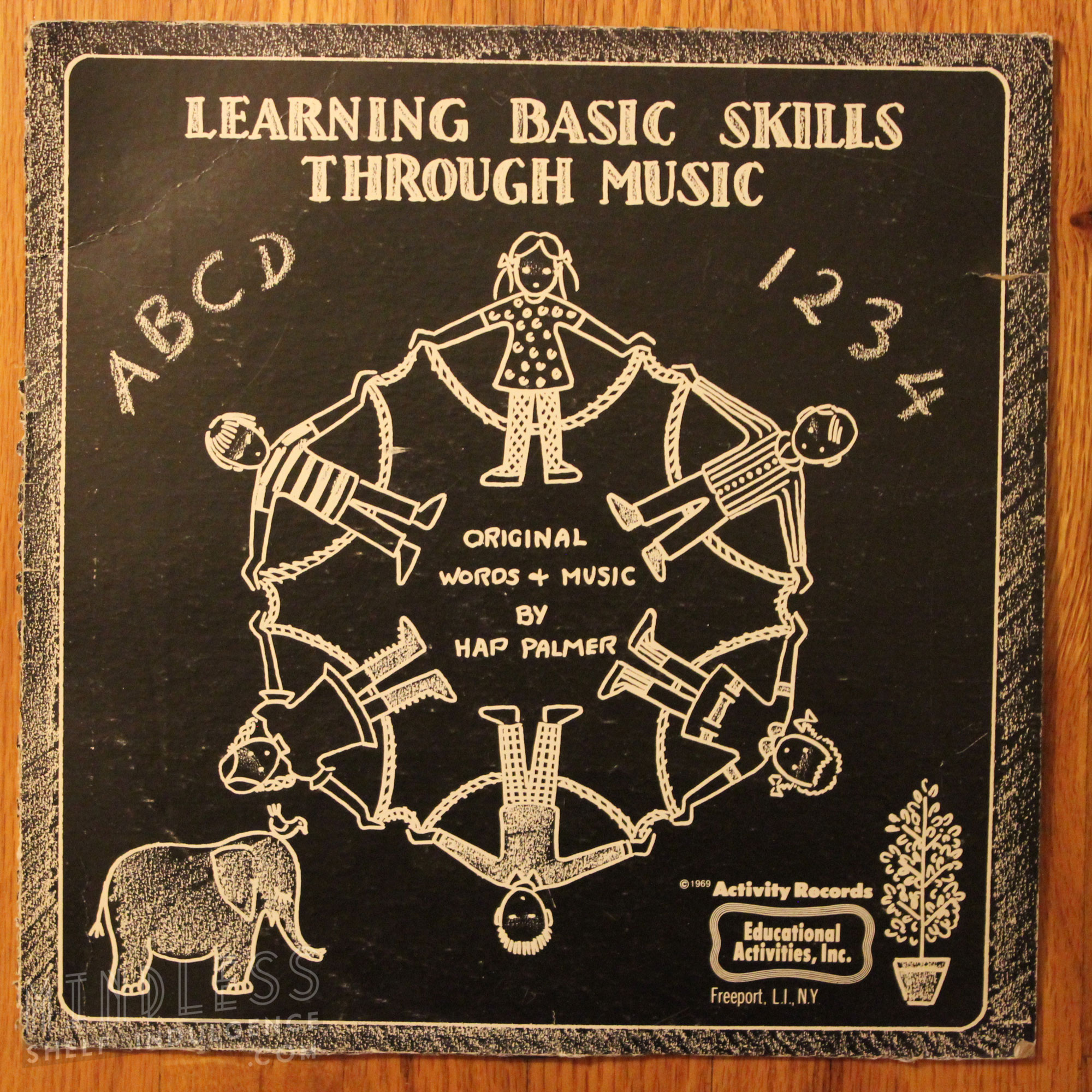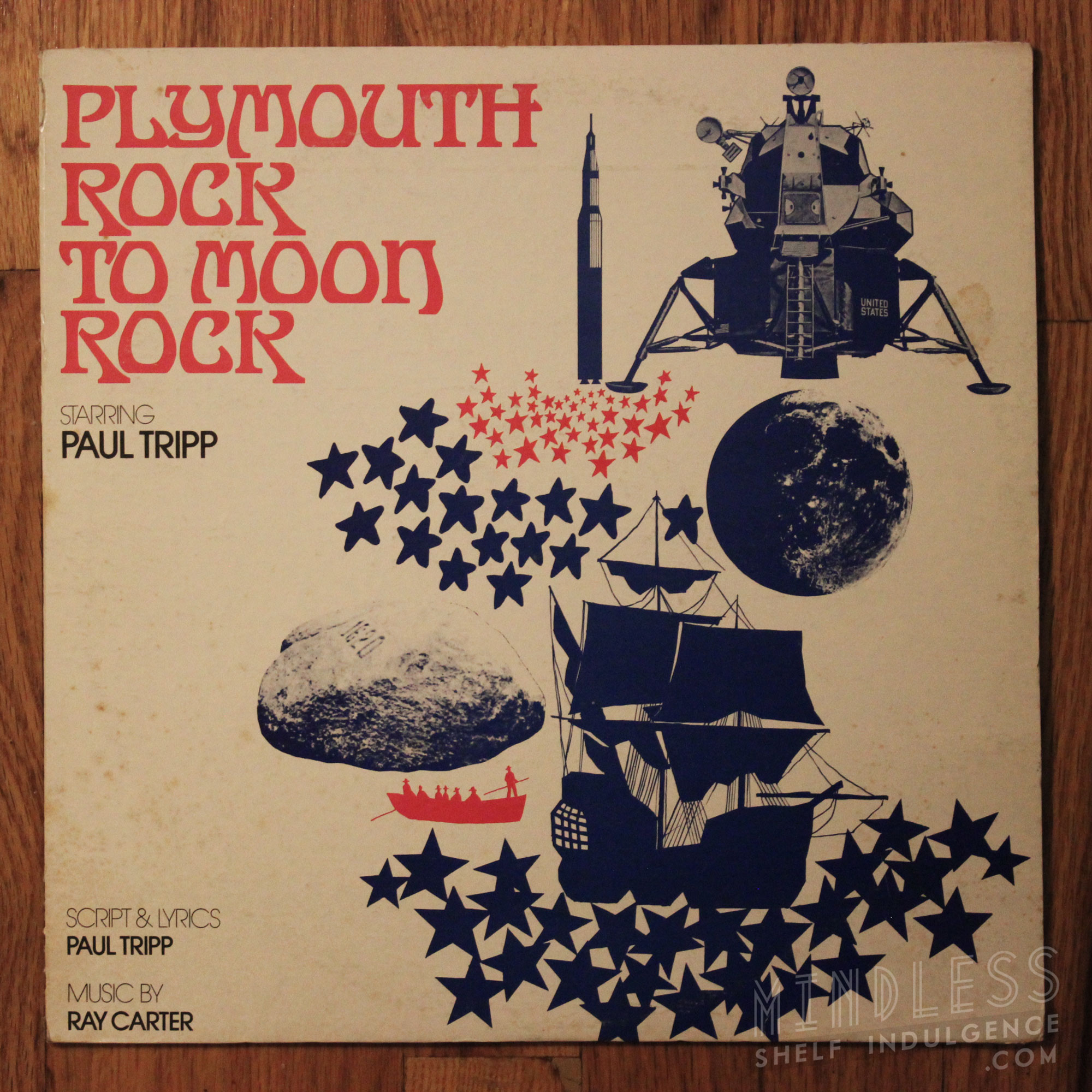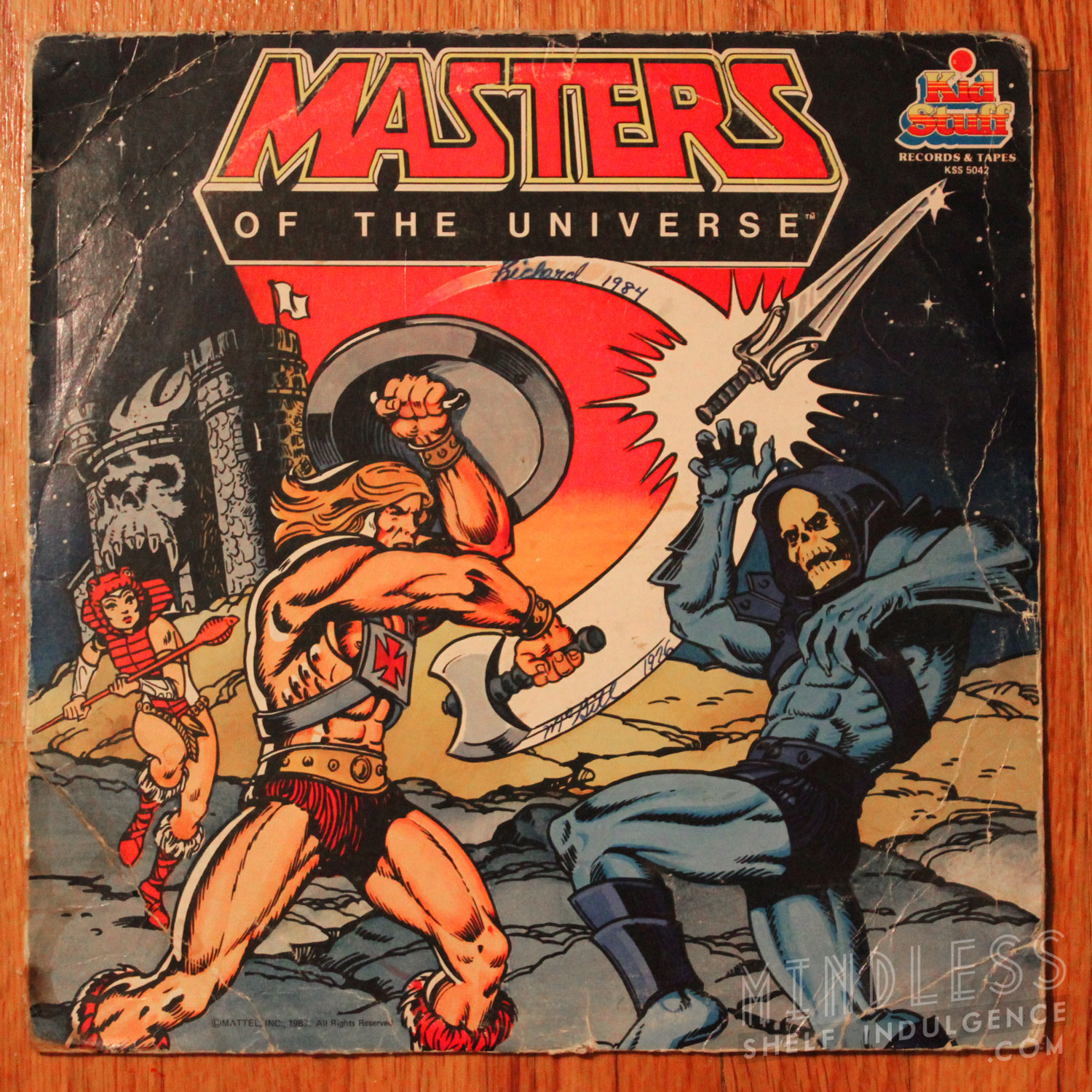More than anything else, probably, ‘Quarantainment’ is a series about being stuck in an apartment with a giant pile of things. How to co-habitate with things, how to let go of things, and how to use the things you’ve spend a lifetime collecting. The core audience is me, and maybe the one or two people who will search for information about some of these albums, many underappreciated, someday.
As part of the process of going through records numbered 61 through 70, I took a diversion into a giant box of over 200 DJ promo 45s that I found in my old house, all culled from a radio station in about 1972. That’s a whole separate post. In terms of discovering lost music, DJ promos are those things that didn’t even get the satisfaction of making it to a full album sometimes. Some of these singles flopped so hard that the musicians were never heard from again, and that’s something – especially when the musicians are actually talented. In the ongoing understanding of the nature of success, more and more it breaks down to being in the right place, at the right time.
The rules here are simple : grab a stack of ten records from one of the six or seven unlistened crates around, and try to understand them from start to finish. The only exception to this forced, meticulous exploration are albums that are well-known or by extremely well-known musicians, or in some cases, just stuff I’m already very familiar with. In this case, set, the only omission is 1959’s Nina Simone at Town Hall; I’m in no way qualified to comment on Nina Simone in any manner that hasn’t been said before.
Quarantainment I
Quarantainment II
Quarantainment III
Quarantainment IV
Quarantainment V
Quarantainment VI

Lighthouse
One Fine Morning
[1971]
Why is it so hard for cool Canadian bands to make it across the border? It can’t all be Barenaked Ladies, Celine Dion, and Moxy Fruvous, right? The LP collection I’m sorting through has hit a rich vein that comes straight from Canada, which is never disappointing.
Lighthouse is brass psych rock, which is a genre I didn’t know I wanted in my life. Finding a copy I could listen to more conveniently is a bit of a challenge since the CD is out of print and I’m a little opposed to non-physical media without a backup, but I don’t know if I even realized I liked this until I couldn’t find a copy easily. It starts out really strong, and loses a little bit of interest on the B-side, but that’s true for a lot of albums. Like Starcastle, this hits me as something I’d put on while playing No Man’s Sky and just wandering through an imaginary universe, and that’s great.
Keep or toss? Originally in the toss pile, this one has earned its way back into the keep pile after a third listen. This also earned a new life for a Lighthouse 45 that was headed for the sale pile.

Warp 9
Light Years Away
[1983]
This one may be cheating a little, since this is actually a giant single that found its way into the pile, but how can you not love an electrofunk band that borrows its name from Star Trek? As a “production project”, Warp 9 released only two albums and a handful of singles, but what they did is considered to be important to the evolution of hip hop and New Wave alike; one of their hit singles was “Nunk”, which is short for “New Wave funk”. So, obviously this is super infectious, and the theme of being lost in the universe hits pretty close to home.
Keep or toss? Keep! The funk collection grows, between LTD and The Brothers Johnson.

Karen Brown
I’m Here Now
[1986]
When I first found this album, the joke was that this is the lady who showed up to her Tinder date after using someone else’s pictures, and was like, “Well, I’m here now!” There’s a certain something about people who make a very clear photo of themselves their own album cover, especially for their debut album, that immediately inspires doubt. A small label, what might be a vanity project… so much could go wrong.
But it doesn’t! Karen Brown, who’s still an active performer and pianist today in Staten Island (where she was located also when she recorded this 1986 album), is a perfectly adept performer within her genre of jazzy standards. Her original contribution, “I’m Here Now”, blends right in with all of the other classics. It’s something you put on at a classy, but swinging, party.
Keep or toss? I don’t know how many classy parties I’ll be having, but I’ve had this for so long it feels like it belongs here. I’m very into artists on small labels, too.

Lolliwinks
[1981]
I am fascinated by weirdo children’s entertainment, whether it’s done in earnest for a love of learning, or as some kind of quick cash grab from a pretty uncritical market. I love Creating Rem Lezar. I love the simplicity and purity of it all. So, I had to grab this album about the Lolliwinks when I saw it. WTF is a Lolliwink, though?
Well, they’re like Smurfs. Each one has a distinct personality that’s made obvious by their name. They live in a small village. They sing about life. But they’re not a Smurf ripoff; the Smurfs (through created in the ’50s) didn’t really make themselves present to an American audience until late 1981, so this is more like a case of two similar ideas just happening to emerge at the same time, like the X-Men and Doom Patrol. The Lolliwinks didn’t survive past one album, but the album even had a TV commercial. There was some effort put behind these little weirdos. But by who?
The album credits Lawrence Tamblyn, who just happens to be the same Larry Tamblyn who was in the ’60s garage rock band The Standells, who were (apparently) a pretty influential force for future punk musicians. There’s some pretty unexpected musical talent here, and it becomes pretty clear. Most of these Lolliwinks songs could easily be psychedelic jams with a slightly different treatment. The love-is-everything hippie lyrics are there, the tunes are there… but the instruments are super clean, and the voices are pitched up to a Chipmunk-like tone. But it’s almost there! With songs about misty mornings, painting trees, and flying so high, it’s ready to go. Even the final song, “Hands Up”, is one step away from a proper disco song.
It’s a strange, elaborate concept that really leans into itself, which is the best kind of weird. It’s fully committed, with characters, songs, and a whole sketch of a world. It would have been really interesting to see where it could have gone. This is a really cool artifact from early ’80s kids entertainment.
Keep or toss? Unfortunately, the start of the second side of this is completely wrecked with skips and jumps, which isn’t all that uncommon with kids records. I cringe thinking about how I would press down on the stylus to get a louder sound out of a record when I was a kid. It’s also missing the poster, so maybe I’ll replace this someday, but for now, it has to go.

Hap Palmer
Learning Basic Skills Through Music
[1969]
Childrens’ records are pretty poorly documented. They’re not really meant for longevity, or to sell millions. When you know that some uncareful little sticky mitts are going to be handling something, you don’t really invest much care into it, so when I find something designed for the kids of yesterday, I take the time to document it. There’s a good 75% chance that it’ll be oversimplified, intellectually insulting junk without any kind of challenge or artistry. This one is different.
Hap Palmer is credited as being a pioneer of educational kids music. While there were already records designed for kids dating back into the 30s and 40s, it was Palmer who’s credited as being an early promoter of ‘music and movement’ in education. This is one of his first albums for kids, and though it has a bit of the sing-songy qualities you’d expect from the genre, it’s actually pretty musically intricate. Harmonies, bongos, multi-instrumental songs, and melodies that wouldn’t be entirely out of place on the radio in early 1970. The lyrics, obviously simple songs for kids, are the only thing that really keeps this from being a record you’d actually listen to.
Keep or toss? Pretty hard choice. To be determined.

Ambergris
[1970]
This one is a bit of a cheat. I picked up the cassette version of Ambergris years ago at a thrift store in New Jersey; we played it once in the car, and it fell apart. It took a few years, but we ran into this LP at a flea market, and I had to get it.
It’s an interesting one-album studio project put together by Jerry Weiss of Blood, Sweat & Tears. He left after their first album to form Ambergris, and that was it, as far as Wikipedia is concerned. Today, he runs Peneplain Music, a company in Colorado that hires out jazz bands.
Ambergris is a solid, 1970s brass rock album, and you can listen to it in its entirety here. Most people will probably recognize this album cover as being from Pavement’s Watery, Domestic!, but without the writing all over it.
Keep or toss? There’s a growing collection of albums with giant animal faces on them, and this fits right in.

Larry Hosford aka Lorenzo
[1975]
Picked up at a Goodwill because the upside-down cover featuring a solar eclipse and a cowboy looked interesting, there’s legitimately no irony in this cover : it’s a traditionally twangy, oldschool country album made in 1975… that occasionally gets a little weird. Whether this is intentional or not, it’s hard to tell. Maybe he’s just a weird guy who likes to sing about coleus plants, “smoking the bong pipe”, and how he’ll get “unusually loose” with a guy named Bruce who’s so pretty that he’s apparently a gay icon. It’s strange and heartfelt, though, especially “Everything’s Broken”, which is a song about a house that’s falling apart, as well as the man inside of it.
Americana-UK considers Hosford to be a ‘forgotten artist’, which I guess is any musician without a Wikipedia page, and they also sum up this one album (and his career) very accurately, by saying, “anyone who likes traditional Texas country with an idiosyncratic twist […] should grab a listen to anything by Larry Hosford.” Hosford passed away in 2016, and despite having a great local reputation, his career trajectory didn’t really seem to go as he wanted, according to articles written about him.
Keep or toss? I’m not really a collector of country music, but if I was, I’d be all about it.

Paul Tripp
Plymouth Rock to Moon Rock
[1971]
My fascination with kids’ educational records continues, and anything with a space theme is a definite win, right?
Plymouth Rock to Moon Rock is a 30-minute narrative in which Uncle Sam, who is also some character which is the embodiment of the actual 50 United States, talks a couple of kids through the very broad history of North America, from the landing of the Pilgrims, through the Revolutionary War, the Gold Rush, the Civil War, World War I, and then suddenly, at the very end, a few seconds of going into space. It’s punctuated by a few brief songs which are well-crafted but not exceptionally memorable, but like most things designed for kids, it’s interesting nonetheless.
Narrator Paul Tripp is responsible for writing or performing over 2 dozen kids’ albums and/or singles, dating back to 1955 as “Mr. I. Magination”. Even more notable, Tripp wrote the lyrics to 1945’s “Tubby the Tuba“, which was so popular that the song spun off into a couple of memorable cartoons. He knows a thing or two about writing for kids, and the message of Plymouth Rock is wonderfully progressive, acknowledging the idea that Native Americans were here first, and that environmentalism is important, all while remaining appropriately patriotic. It’s an intersection of two ideals that seem like they’d never meet today, since “America is great” and “America is problematic” rarely meet without violence, but they meet really elegantly here. It’s a simple album, but it’s really hopeful. It’s worth listening to at least once in 2021, 50 years after it was published.
Keep or toss? I’m getting rid of all of my kids’ music singles, 45s and 78s. I’m a fan of the earnestness of this.

Richard Burton
Love Poems of John Donne
[1958]
Exactly what it sounds like : stage actor Richard Burton eloquently and meticulously reading poems by John Donne. I cannot really imagine a scenario where putting on a record of poetry would be a good idea, unless you were trying to impress a really boring paramour, or you were really, really into Richard Burton.
The coolest part of this was the postcard that fell out of the cover, because treasures are everywhere. This seems like exactly the kind of thing that someone who would listen to this album would receive in the mail.
Keep or toss? Perfectly fine record, and a pristine copy, but there’s no real reason to keep this around. It’s available in a digital format if I ever get a jonesin’ for Burton.

Masters of the Universe
[1983]
You may think you know everything about the MOTUniverse, but this ain’t it. I grew up with He-Man and Thundercats, generally preferring the Thundercats over the two. Both were on when I got home from Kindergarten circa 1985, and they left an impression. Sure, they’re goofy, overwrought weirdo things, but what’s better than that? As I turn 40, it’s not just nostalgia for a time that was simpler and a body that wasn’t always aching; these sci-fi things are inherently cool. They commit to harmless strangeness without any shame, and that’s a powerful thing.
The world of MOTU is very well-established via cartoons, toys, and comics… but this exists outside of those. It’s a short story with a narrator and three voice actors depicting He-Man, Skeletor, and Evil-Lyn. By this time, the characters all had established voices from the TV show that premiered in 1981, but this doesn’t use those voices. While He-Man is a strange approximation, Skeletor’s usual wheedling snarl sounds unusually heroic, and Evil-Lyn is a straight up bog hag. The first side of the album is a general, elaborately-written set-up of what Eternia is : a magical land where He-Man is a hero, and Skeletor wants to claim Castle Grayskull due to magic stuff. The second side is a battle between the hero and villain in which He-Man tricks Skeletor into falling into a previously-unseen time portal, and that’s it.
It’s a pretty bad story in terms of plot, but the language itself is also a few leagues above what a child might listen to, talking about things like the “secrets trapped in a dead man’s mouth”, or something to that effect. But the very very best part here is a long, elaborately performed opening song about the Masters of the Universe that seems to be completely unique to this record. It’s like nobody who worked on this had ever seen more than a vague outline of the story of He-Man, and this is the result. But it’s great. It’s a cash grab that gets a lot wrong, and a lot right. But it’s not the He-Man you know and love… which is actually kinda cool, like it just kinda stumbled here from an alternate universe.
Keep or toss? It’s a throw-away record that hundreds of 80s kids have. It’s easy to find and replace, and even listen to online. But I’m still keeping this.
 C. David is a writer and artist living in the Hudson Valley, NY. He loves pinball, Wazmo Nariz, Rem Lezar, MODOK, pogs, Ultra Monsters, 80s horror, and is secretly very enthusiastic about everything else not listed here.
C. David is a writer and artist living in the Hudson Valley, NY. He loves pinball, Wazmo Nariz, Rem Lezar, MODOK, pogs, Ultra Monsters, 80s horror, and is secretly very enthusiastic about everything else not listed here.








